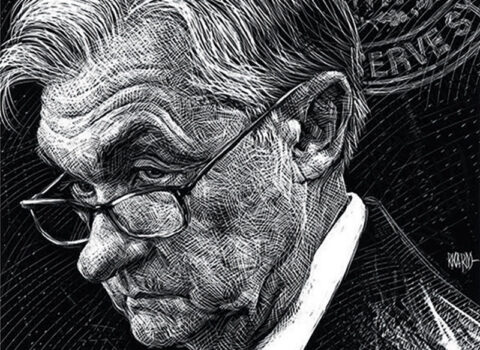The Money Question
The Federal Reserve, the central banking system of the United States, was created in response to the Panic of 1907, a depression caused by a crisis in the country’s banks. Signed into law by President Woodrow Wilson, the 1913 Federal Reserve Act established twelve Federal Reserve Banks, the Board of Governors of the Federal Reserve System, and the Federal Open Market Committee. The unique private-public structure of the Fed was the result of political compromise between President Wilson and one of his cabinet members, William Jennings Bryan. Bryan, who was known as the “Great Commoner,” argued that the Fed should be run by officials who acted in the public’s interest. His efforts resulted in an elected board of governors, but that has not been enough to hold the Fed accountable. The Fed is not subject to the same checks and balances as other governmental institutions; us commoners have no democratic recourse against it.
As Christopher W. Shaw writes in “The Money Question,” published in the April issue of Harper’s Magazine, “the notion of absolute Fed independence is as old as the institution itself.” In this week’s episode, host Violet Lucca speaks with Shaw about the question of Fed independence. They discuss the Fed’s structure, its response to the novel coronavirus pandemic, and ways to hold the institution accountable.










































































































